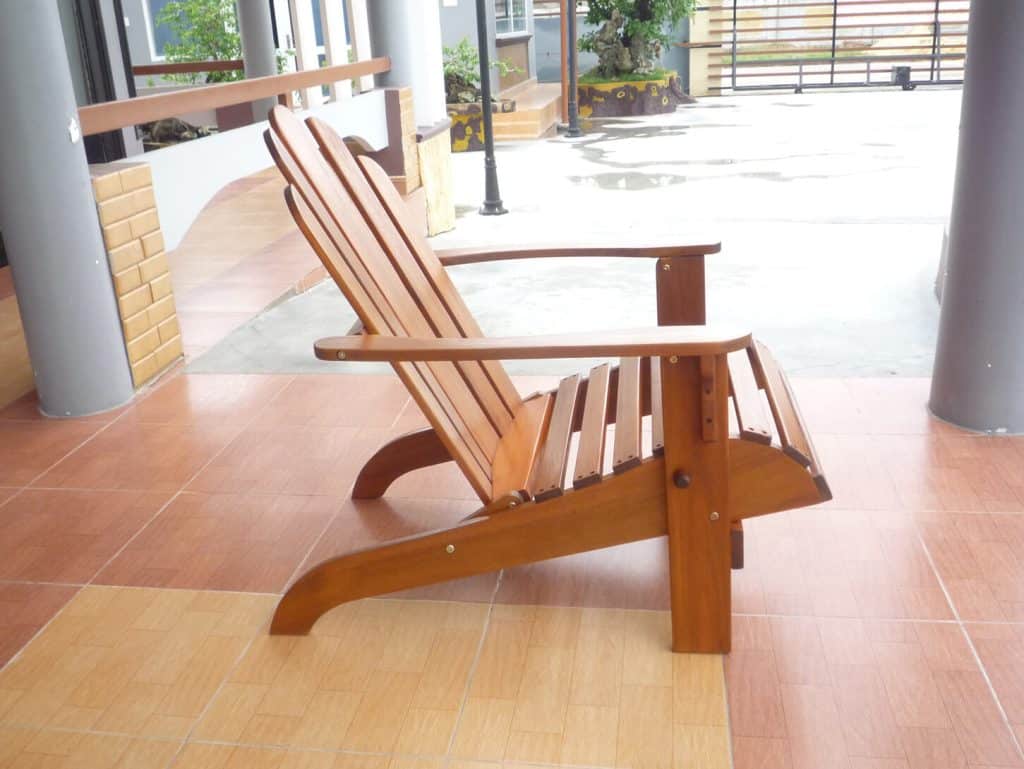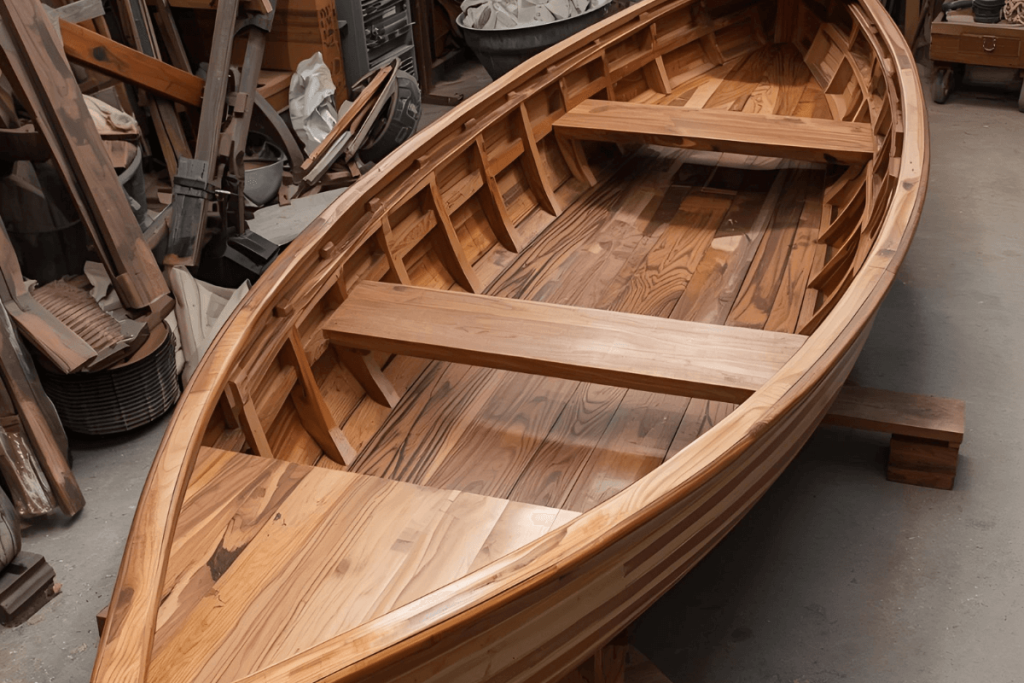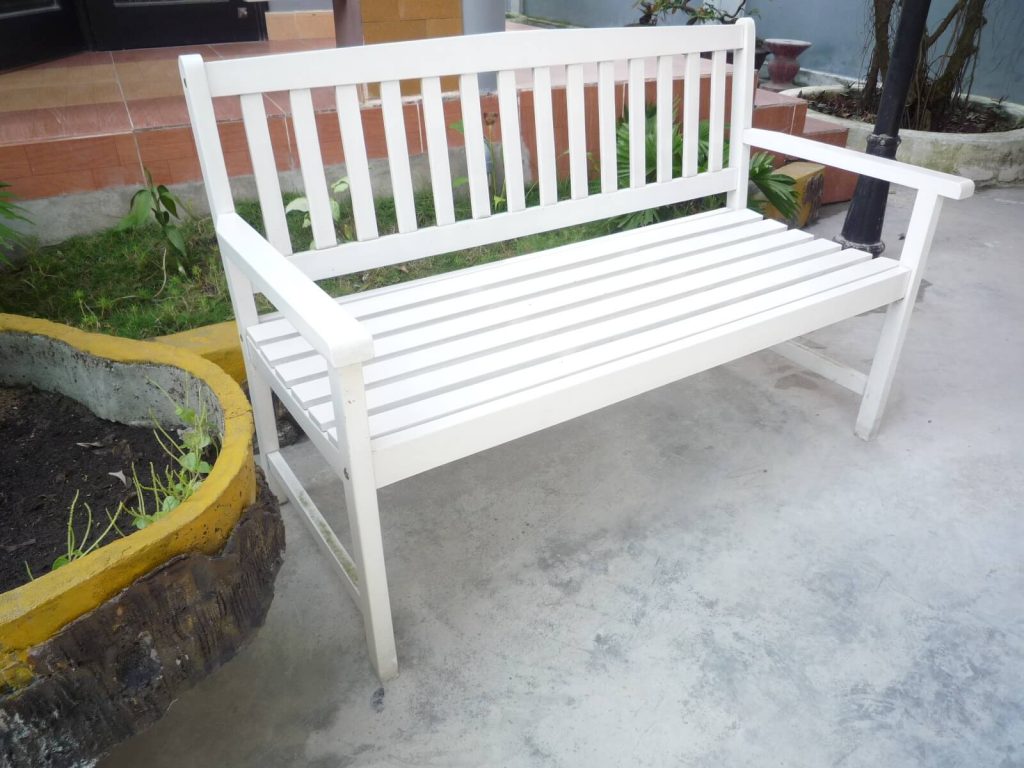What if I told you the sturdy chair you’re sitting on, or that elegant cutting board in your kitchen, holds secrets far beyond its humble appearance? Prepare to be amazed as we dive into the hidden world of Acacia, a material so much more than just furniture wood. You’ll never look at your wooden pieces the same way again.
Acacia wood is often perceived merely as a practical choice for furniture and kitchenware. However, this perception overlooks its rich history, remarkable durability, and versatility. In this blog post, we will explore the fascinating journey of Acacia, from its ancient uses to its modern applications, revealing the untold story of a material that has stood the test of time.
Table of Contents
- A Brief Historical Context
- The Unseen Power: Unpacking Acacia’s Durability
- Beyond the Living Room: Acacia’s Surprising Applications
- Acacia in the Modern World: Innovation & Sustainability
- The Future of Wood: Why Acacia is More Than Just a Trend
- Related Content
A Brief Historical Context
Acacia trees have been around for millions of years, with their origins tracing back to Australia, Africa, and the Americas. Historically, Acacia wood has been utilized by various cultures for its strength and resilience. Ancient Egyptians crafted furniture and coffins from Acacia, recognizing its durability and resistance to decay. In fact, Acacia wood was used to build the Ark of the Covenant, a sacred object in biblical history, showcasing its significance and strength.
The journey of Acacia wood continues to evolve, hinting at its hidden durability even in ancient applications. As we delve deeper into its properties, we will uncover how this remarkable material has transcended its common perception and emerged as a preferred choice in various industries.
The Unseen Power: Unpacking Acacia’s Durability
Scientific Properties of Acacia Wood
Acacia wood is known for its dense grain, which contributes to its exceptional strength and durability. The wood contains natural oils that provide resistance to decay and pests, making it an ideal choice for both indoor and outdoor applications. Here are some key scientific properties that make Acacia stand out:
- Density: Acacia wood has a high density, typically ranging from 40 to 65 pounds per cubic foot. This density translates to increased strength and durability, making it suitable for heavy-duty applications.
- Natural Oils: The oils present in Acacia wood act as a natural preservative, protecting it from moisture, insects, and decay. This characteristic enhances its lifespan and reduces the need for chemical treatments.
- Resistance to Warping: Acacia wood is less prone to warping and cracking compared to other hardwoods, making it a reliable choice for furniture that endures daily use.
Comparing Acacia’s Strength to Other Hardwoods
When comparing Acacia to other common hardwoods, its strength becomes even more apparent. For instance, Acacia is often compared to oak and maple, two popular choices in furniture making. While oak is renowned for its durability, Acacia’s density and resistance to environmental factors give it an edge in various applications.
To illustrate this, consider stress tests conducted on different wood types. Acacia consistently outperforms other hardwoods in terms of load-bearing capacity and resistance to impact. This resilience makes it a favored material in high-performance environments.

Extreme Conditions: Where Acacia Thrives
Acacia wood’s durability shines in extreme conditions. It is commonly used in outdoor furniture, where it withstands harsh weather, including rain, sun, and snow. Unlike many other woods that require frequent maintenance, Acacia retains its beauty and structural integrity over time.
Moreover, Acacia is also employed in marine applications, such as boat building. Its natural resistance to moisture and decay makes it an ideal choice for crafting durable and long-lasting vessels. The ability of Acacia to thrive in such challenging environments is a testament to its remarkable strength.
Beyond the Living Room: Acacia’s Surprising Applications
Unexpected Uses of Acacia
While Acacia is often associated with furniture and kitchenware, its applications extend far beyond the living room. Here are some surprising uses of Acacia in high-performance settings:
- Boat Building: Acacia’s natural resistance to water and decay makes it a popular choice for boat builders. Its strength ensures that vessels can withstand the rigors of marine environments.
- Outdoor Decking: Acacia is increasingly being used for outdoor decking due to its durability and aesthetic appeal. Its rich color and grain patterns add a touch of elegance to any outdoor space.
- Musical Instruments: Some artisans utilize Acacia wood to craft musical instruments, including ukuleles and guitars. The wood’s unique tonal qualities contribute to the sound produced, making it a sought-after material among musicians.

Innovative Design and Architectural Projects
Acacia’s unique aesthetic and structural integrity have attracted the attention of architects and designers. Numerous innovative projects leverage Acacia’s beauty and strength, creating stunning spaces that blend functionality with artistry. From contemporary homes featuring Acacia beams to public spaces adorned with Acacia furniture, the material’s versatility is on full display.
Environmental Benefits and Sustainability
One of the most compelling aspects of Acacia is its sustainability. Acacia trees grow rapidly and can be harvested in a way that promotes regeneration. This characteristic makes Acacia an eco-friendly choice for consumers and industries alike. By opting for Acacia products, individuals can contribute to sustainable forestry practices and support the environment.
Acacia in the Modern World: Innovation & Sustainability
Cutting-Edge Technologies
As the world evolves, so do manufacturing processes. Cutting-edge technologies are enhancing Acacia’s capabilities, allowing for innovative applications in various fields. Advances in wood treatment and preservation techniques are further improving Acacia’s durability and expanding its potential uses.
Responsible Sourcing and Ethical Forestry
In an age where consumers are increasingly conscious of their environmental impact, responsible sourcing and ethical forestry practices are paramount. Acacia’s rapid growth and regenerative properties make it a preferred choice for eco-conscious consumers. By supporting brands that prioritize sustainability, individuals can make a positive impact on the planet.

Future Trends and New Frontiers
Looking ahead, the future of Acacia appears bright. With ongoing research and development, we can expect to see new frontiers for Acacia in advanced composite materials and bio-inspired designs. As industries seek sustainable alternatives, Acacia’s unique properties position it as a frontrunner in the quest for eco-friendly solutions.
The Future of Wood: Why Acacia is More Than Just a Trend
A Timeless Material
In conclusion, Acacia is so much more than just furniture wood. Its unique combination of beauty, strength, and sustainability positions it as a timeless material that transcends trends. Whether you’re admiring a piece of Acacia furniture or using a cutting board in your kitchen, take a moment to appreciate the deeper value of this remarkable wood.
Call to Action
We encourage you to look beyond the surface and explore the hidden stories behind natural materials like Acacia. Share your own experiences with Acacia or ideas for its future applications in the comments below. Let’s foster a community that appreciates the beauty and versatility of this incredible wood!
As you continue your journey through the world of Acacia, remember that every piece holds a story—one that connects us to nature, history, and the art of craftsmanship. Embrace the untold story of Acacia and discover the wonders it has to offer.
If you are interested in seeing how Mondoro can help you with your acacia and teak wood, and other home decor products – we would love to talk to you about how we can help you.
Find out more about how Mondoro can help you create, develop, and manufacture excellent home decor and furniture products – don’t hesitate to contact me, Anita. Check out my email by clicking here or become a part of our community and join our newsletter by clicking here.
Mondoro gives out a FREE Lookbook to anyone interested. You can receive a copy of our latest Lookbook by clicking here.
Listen to our Podcast called Global Trade Gal. You can find it on all major podcast platforms. Try out to listen to one of our podcasts by clicking here.
Subscribe to our Mondoro Company Limited YouTube Channel filled with great videos and information by clicking here.
Related Content
Recycled Pine Furniture, What You Need to Know
Reclaimed and recycled wood may seem to be the same thing, but they are not exactly the same. Recycled wood is wood that would have otherwise been discarded or not used. Wood is a naturally sustainable material as it can be regrown and replaced. There are a variety of furniture shapes and styles that can be used to make recycled pine furniture.
You can discover more by reading Recycled Pine Furniture, What You Need to Know by clicking here.
How Do I Find an Overseas Manufacturer To Produce My Product Ideas?
Though it is not easy to find reliable overseas manufacturers, you can take some basic steps to find a dependable supplier. This process to locate this dependable manufacturer can include things such as finding a buying agent, attending trade shows, doing some online searches, talking to some trade organization, and getting a referral from someone from the industry.
You can read our blog on How Do I Find an Overseas Manufacturer to Produce my Product Ideas? by clicking here.
What Does “FSC Certified” Wood Mean?
FSC means the Forrest Stewardship Council, a nonprofit certification process to ensure that wood used for products is from a managed forest and source. The goal of the FSC is to stop illegal logging activities and certify that wood used for a product has reached the standard to be called FSC-certified wood.
You can learn more by reading our blog, What Does “FSC Certified” Wood Mean? by clicking here.

